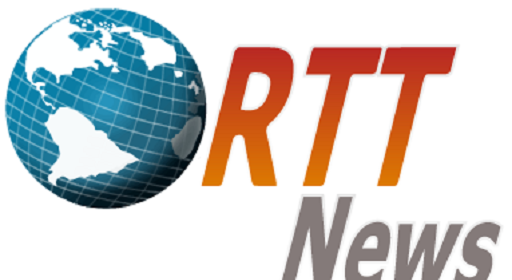Treasuries See Further Downside Following Hotter Than Expected Inflation Data

After turning lower over the course of the previous session, treasuries saw further downside during trading on Tuesday.
Bond prices pulled back sharply after seeing initial strength and spent the rest of the day firmly in the red. Subsequently, the yield on the benchmark ten-year note, which moves opposite of its price, climbed 6 basis points to 3.422 percent.
The ten-year yield extended a recent upward trend, ending the session at its highest closing level in three months.
The early pullback by treasuries came following the release of the Labor Department’s highly anticipated report on consumer price inflation in the month of August.
The report showed an unexpected monthly uptick in consumer prices as well as a smaller than expected slowdown in the annual rate of price growth.
The Labor Department said its consumer price index inched up by 0.1 percent in August after coming in unchanged in July. Economists had expected consumer prices to edge down by 0.1 percent.
The modest increase in consumer prices came as higher prices for shelter, food and medical care offset another steep drop in gasoline prices.
Compared to the same month a year ago, consumer prices were up by 8.3 percent in August, reflecting a slowdown from the 8.5 percent spike in July. However, economists had expected the annual rate of growth to slow to 8.1 percent.
The report also showed core consumer prices, which exclude food and energy prices, climbed by 0.6 percent in August after rising by 0.3 percent in July. Core prices were expected to increase by another 0.3 percent.
Meanwhile, the annual rate of growth by core consumer prices accelerated to 6.3 percent in August from 5.9 percent in July. The annual rate of growth was expected to rise to 6.1 percent.
The data led to renewed concerns about the outlook for interest rates ahead of the Federal Reserve’s monetary policy meeting next week.
Paul Ashworth, Chief U.S. Economist at Capital Economics, said the faster than expected core price growth “confirms” that the Federal Reserve will raise interest rates by at least 75 basis points next week.
“There might be some late speculation that the Fed could even go for a 100bp hike although, with rates now close to neutral, we doubt that will happen,” Ashworth said.
CME Group’s FedWatch Tool is currently indicating a 61.0 percent chance of a 75 basis point rate hike and a 39.0 percent chance of a 100 basis point rate hike.
“This inflation report killed any chance of a downward shift in Fed tightening as core goods and services pricing pressures remain hot,” said Edward Moya, senior market analyst and OANDA. “It doesn’t seem companies are offering significant discounts here to lower inventories.”
While most treasury yields moved to the upside, the thirty-year bond yield ended the day little changed after the Treasury Department revealed this month’s auction of $18 billion worth of thirty-year bonds attracted above average demand.
The thirty-year bond auction drew a high yield of 3.511 percent and a bid-to-cover ratio of 2.42, while the ten previous thirty-year bond auctions had an average bid-to-cover ratio of 2.33.
The bid-to-cover ratio is a measure of demand that indicates the amount of bids for each dollar worth of securities being sold.
Inflation data may remain in focus on Wednesday, as the Labor Department is scheduled to release its report on producer prices in the month of August.
Source: Read Full Article
